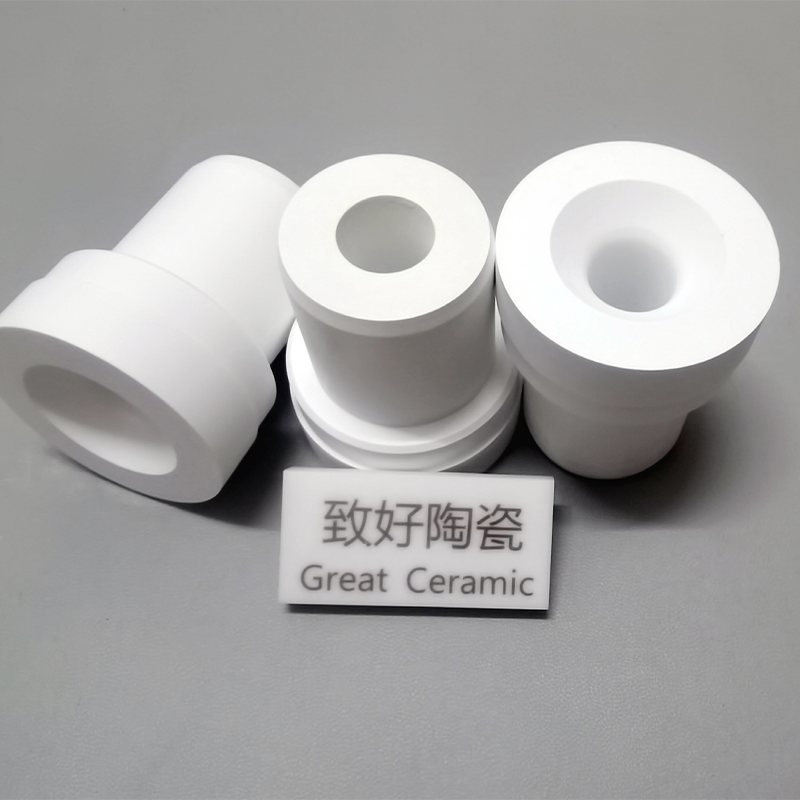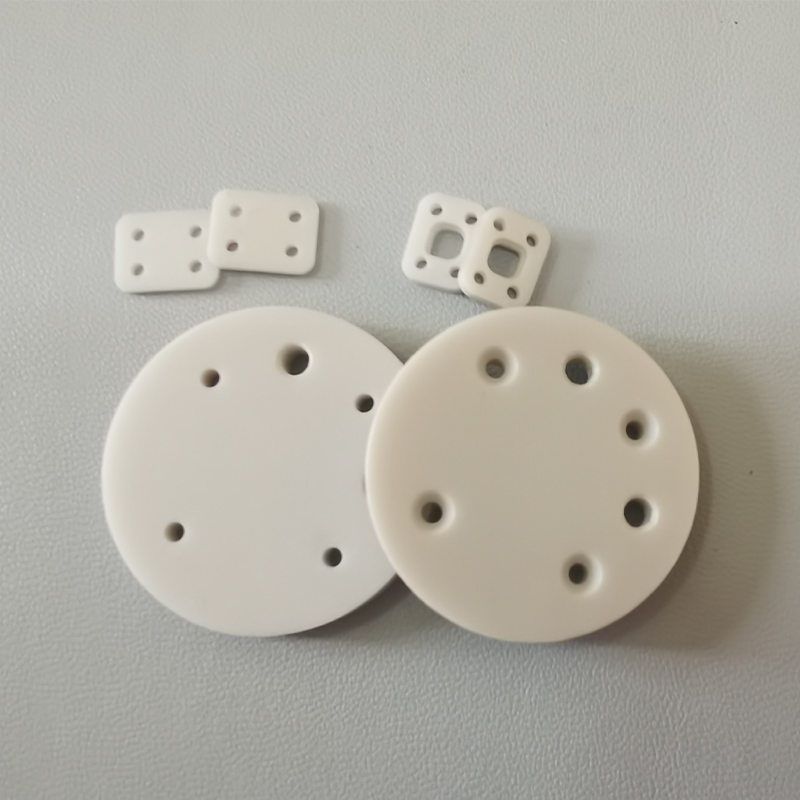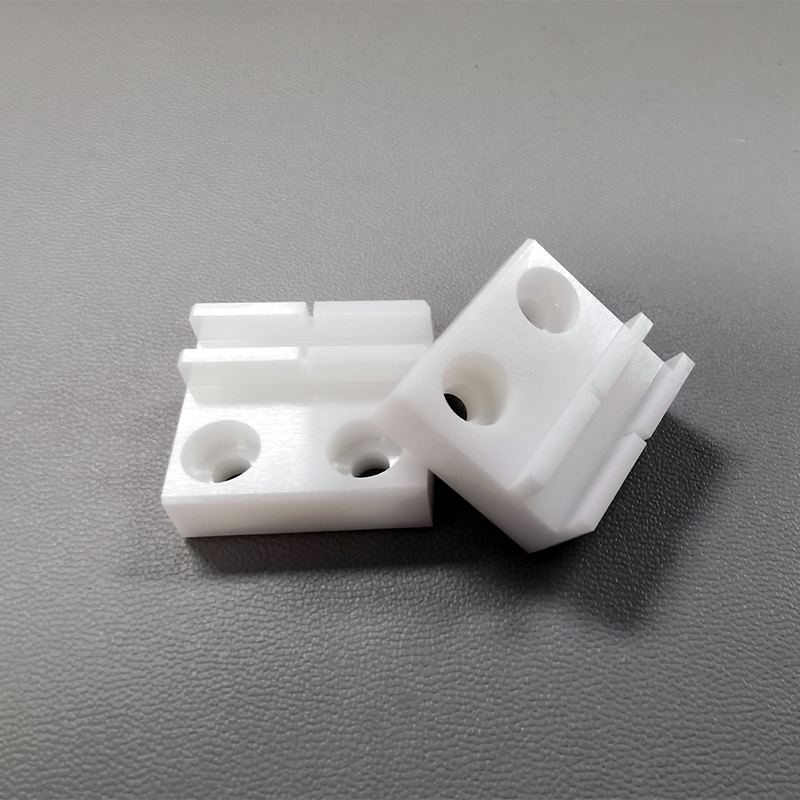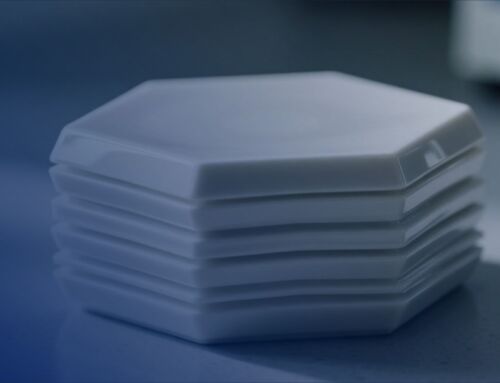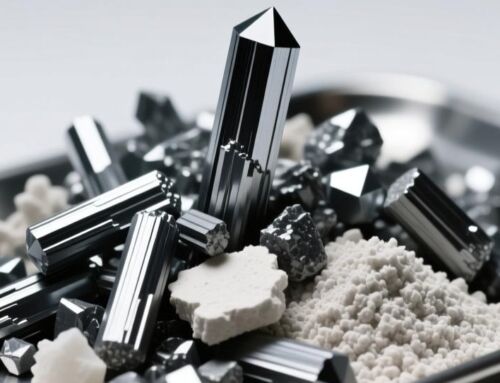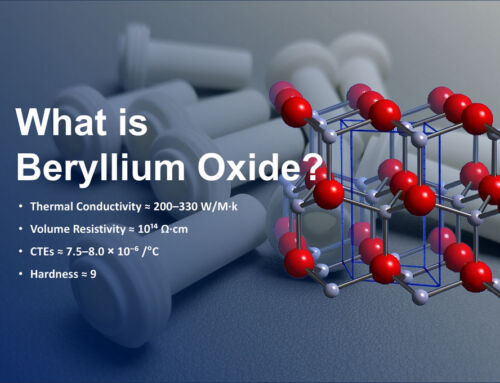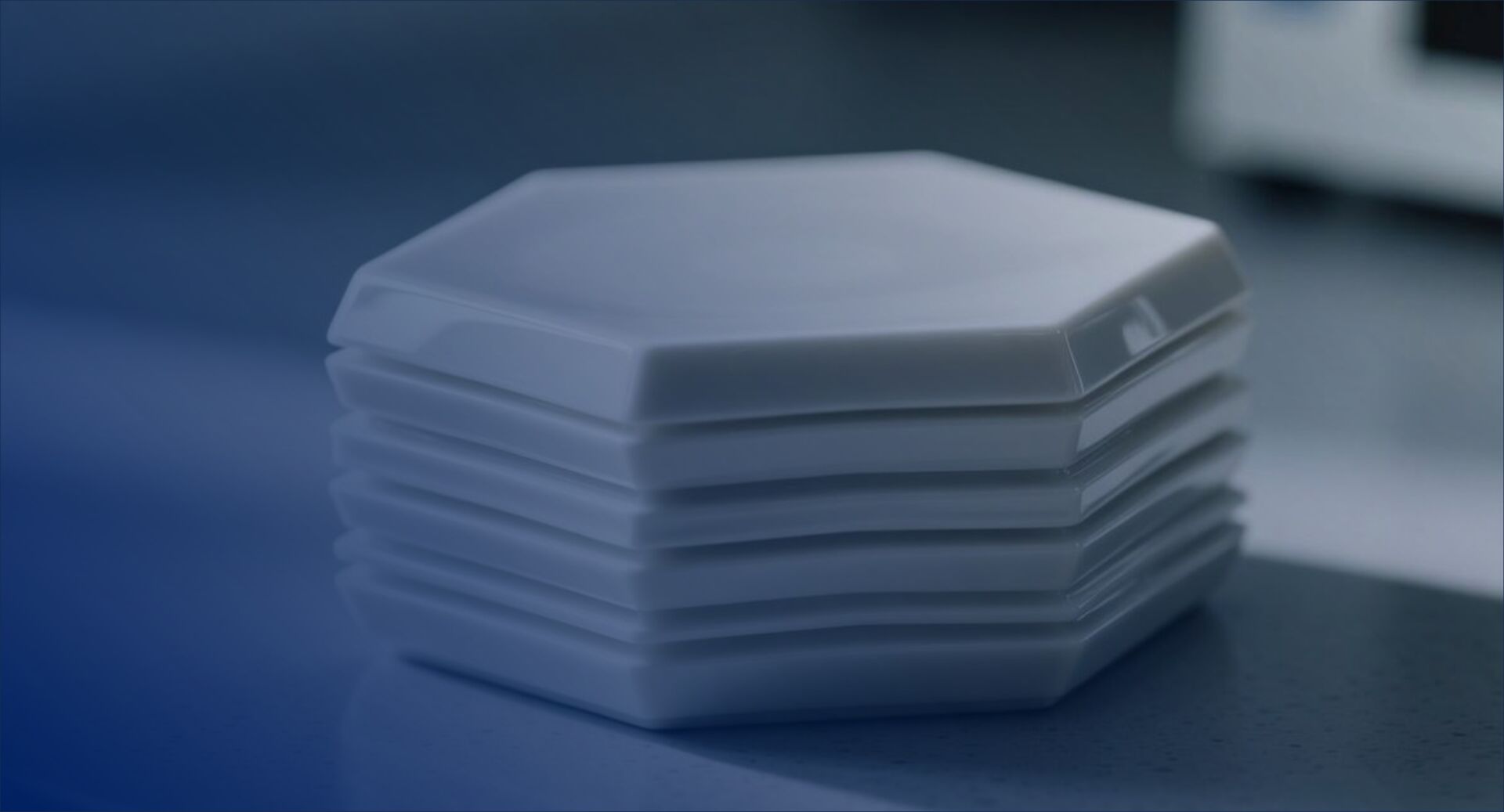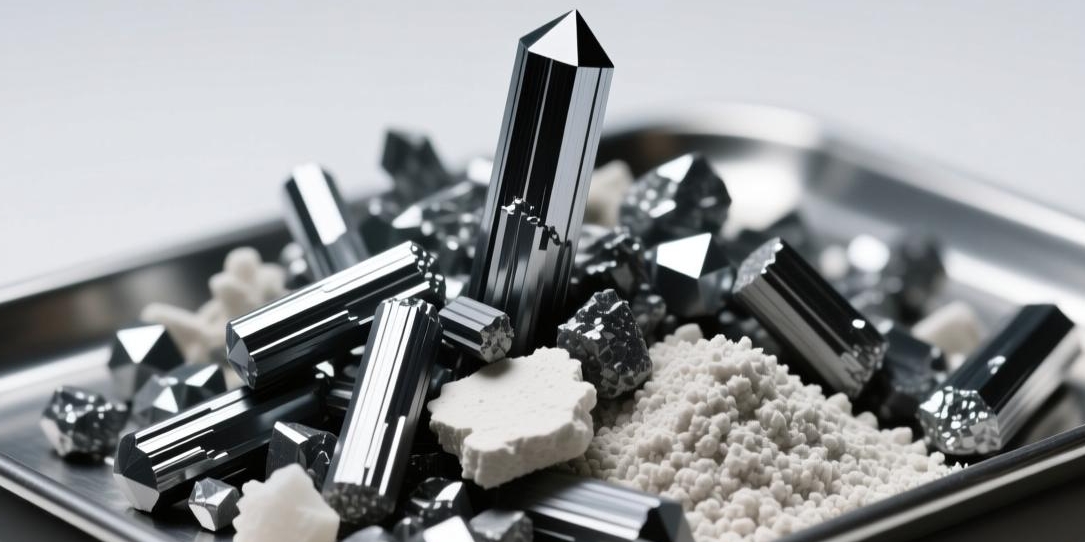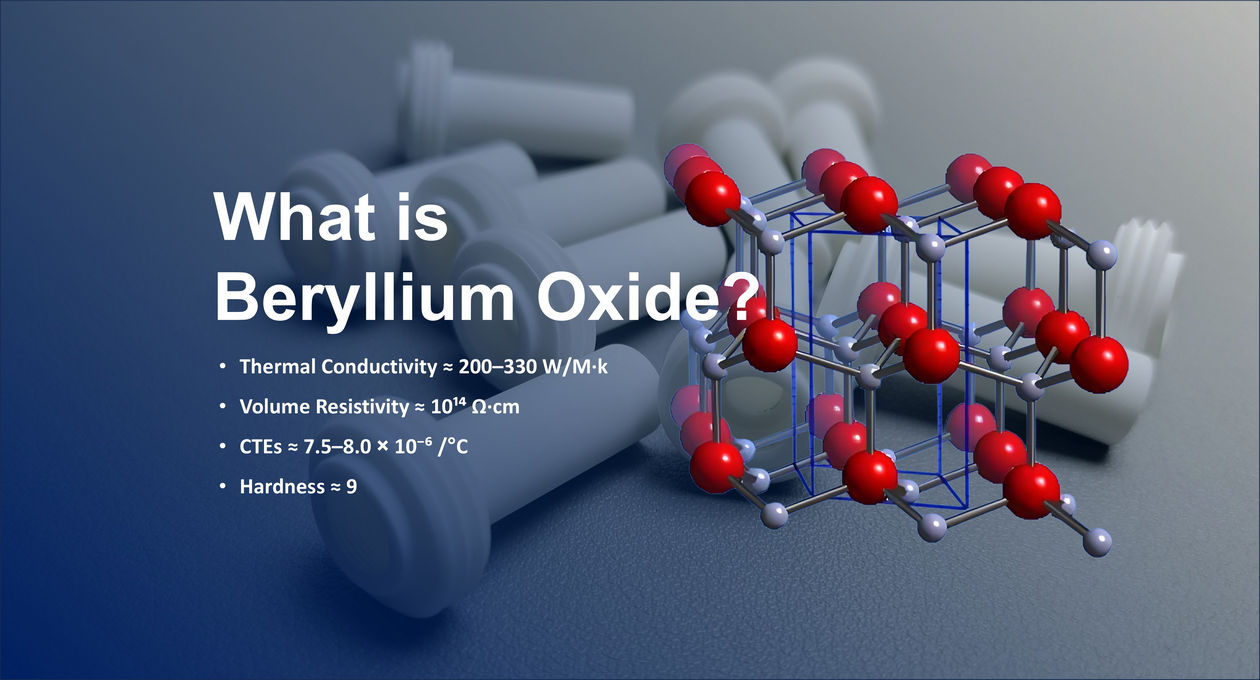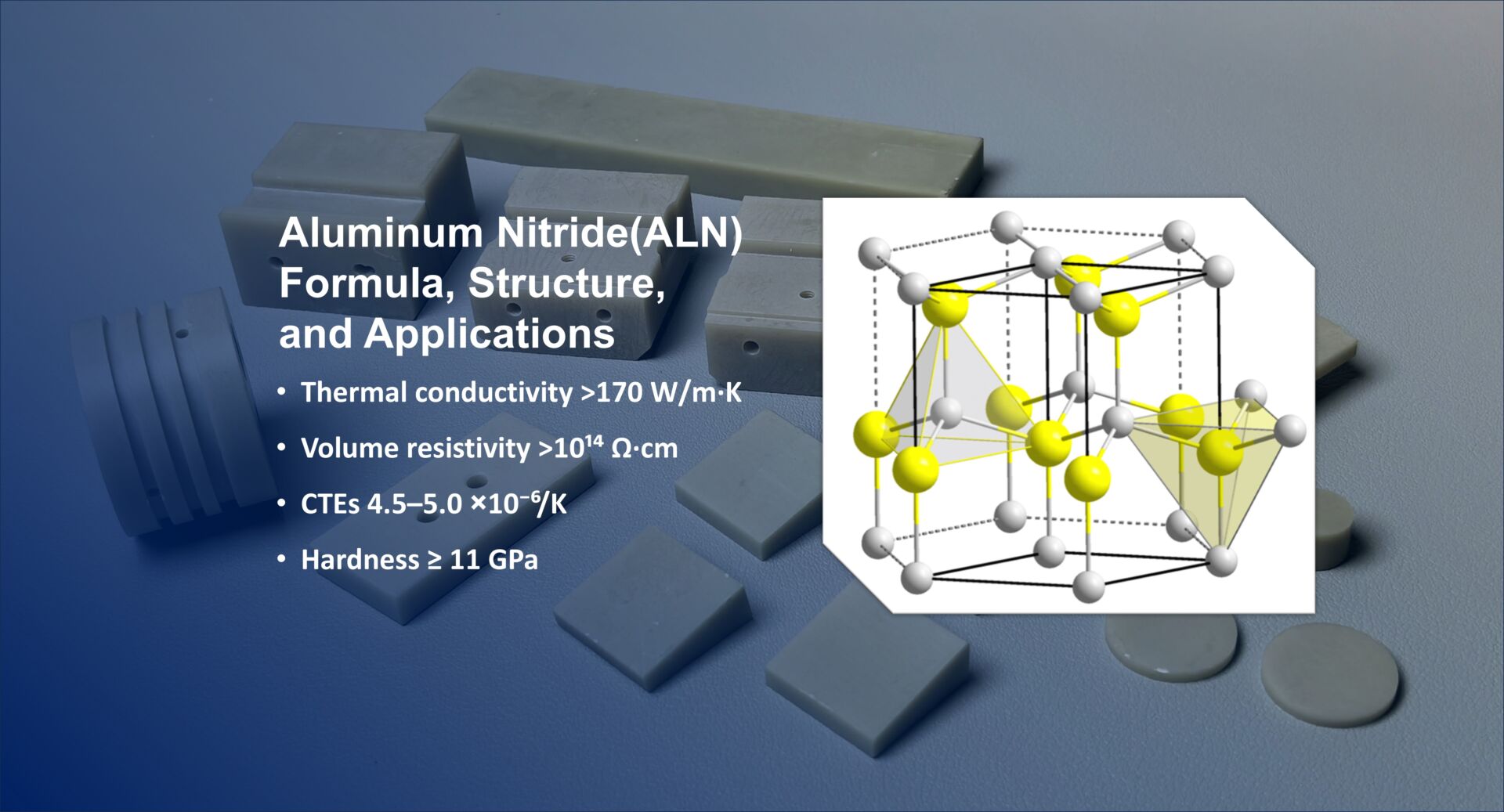What is Thermal Shock Resistance?
Thermal shock resistance refers to the resistance exhibited by materials or structures when subjected to rapid temperature changes at high temperatures. When a material or structure is exposed to a high-temperature environment, its volume and shape will change, and if it is suddenly cooled or heated, it will cause temperature gradients and thermal stresses, which may lead to cracks, deformation and failure. Therefore, materials or structures with good thermal shock resistance can remain stable under high temperature and rapid temperature changes, and are less likely to be damaged.
Thermal Shock Resistance Characteristics of Technical Ceramics
- Maintain strength and hardness at high temperature: Technical ceramics usually have high strength and hardness, and can maintain their original mechanical properties even in high temperature environments.
- Low coefficient of thermal expansion: Technical ceramics typically have a low coefficient of thermal expansion, meaning that when exposed to rapid temperature changes, their shape and dimensions change relatively little, reducing the potential for temperature gradients and thermal stress .
- High thermal conductivity: Technical ceramics typically have high thermal conductivity, which helps them disperse heat more effectively, reducing the potential for temperature gradients and thermal stress.
- Good chemical stability: Most Technical ceramic materials are inorganic non-metallic materials, which usually have good chemical stability and are not easily affected by chemical reactions such as oxidation and corrosion, thus improving their thermal shock resistance.
Testing The Thermal Shock Resistance Of Ceramic Materials
Testing the thermal shock resistance of ceramic materials usually involves heating, rapid cooling and then fracture. During this process, the sample will be subjected to stress generated by temperature differences between its interior and surface. If these stresses exceed the strength of the technical ceramic, fracture will occur. The magnitude of these stresses depends on factors such as the Young's modulus, coefficient of thermal expansion, thermal conductivity of the technical ceramic, and heat transfer coefficient between the technical ceramic and the cooling medium. At the same time, in the testing process, it is also necessary to consider the difference between the peak temperature of the cooling medium and that of the technical ceramic. By comprehensively analyzing these factors, the thermal shock resistance performance of technical ceramics can be obtained.
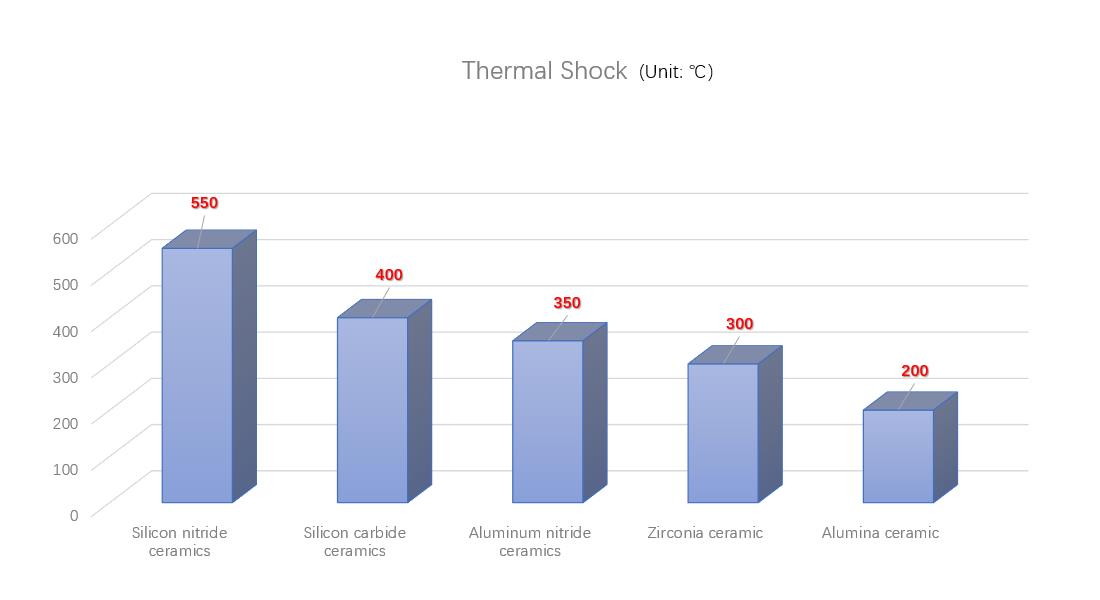
Thermal Shock Resistance Of Common Technical Ceramics
Alumina ceramics, silicon nitride ceramics, mullite ceramics and cordierite ceramics all have good thermal shock resistance.
Among them, alumina ceramics are mainly used in the fields of high-temperature structural materials and electronic devices, and have good stability and mechanical strength at high temperatures. Silicon nitride ceramics have the characteristics of high strength, high hardness, wear resistance, oxidation resistance and corrosion resistance, and are better used in harsh environments such as high temperature, high pressure and friction. Mullite ceramics have good mechanical properties, insulation properties and chemical stability at high temperatures, and are widely used in ceramic industry, oil refining, chemical industry and other fields. Cordierite ceramics also have excellent heat resistance, chemical corrosion resistance and wear resistance, and perform well in environments such as high temperature, high pressure and acid-base corrosion.
How Much Are They?
The specific thermal shock resistance depends on many factors such as material quality, processing technology and service conditions, and it is difficult to give specific values. Generally speaking, alumina ceramics, silicon nitride ceramics, mullite ceramics and cordierite ceramics all show good thermal shock resistance, and have strong stability and stability in harsh environments such as high temperature and rapid temperature change. durability. For specific application scenarios, it is necessary to comprehensively consider various factors and select the most suitable material to ensure its best performance in actual use.
The order of thermal shock resistance from high to low is: silicon nitride ceramics > cordierite ceramics > alumina ceramics > mullite ceramics.
Among them, silicon nitride ceramics and cordierite ceramics show good stability and durability in harsh environments such as high temperature and rapid temperature change, so their thermal shock resistance is relatively high; alumina ceramics have Good stability and mechanical strength, but its thermal shock resistance is slightly inferior to silicon nitride ceramics and cordierite ceramics; although mullite ceramics also have certain thermal shock resistance, it is slightly inferior to the other three materials. Insufficient.
The above ranking is only based on the single factor of thermal shock resistance. In practical applications, it is necessary to comprehensively consider various properties of materials and select the most suitable materials. In addition to thermal shock resistance, various properties such as density, hardness, strength, wear resistance, corrosion resistance, thermal conductivity and insulation of materials need to be considered. In addition, in specific application scenarios, factors such as material cost, processing technology, and availability need to be considered.
Technical Ceramic Custom Processing Factory
Great Ceramic is a professional technical ceramic manufacturer for your technical ceramic needs. We are always happy to draw on our many years of experience in technical ceramics to advise on materials, design and applications. If you are looking to purchase zirconia plates, gaskets, rods or custom machined parts, please contact us and each of our experts will be happy to assist you.





